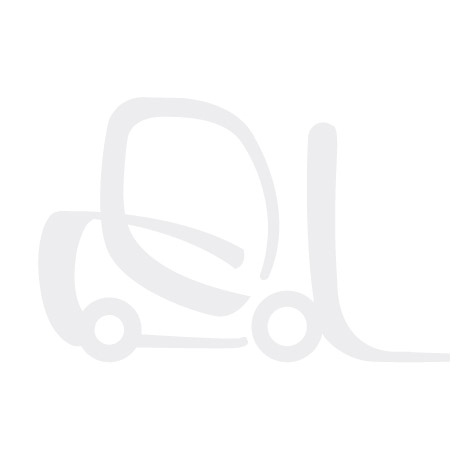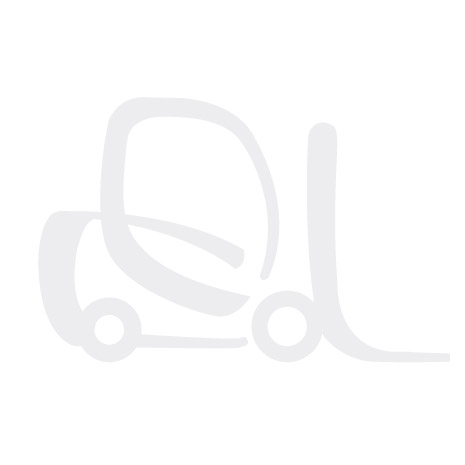When is a Forklift not a Forklift?
Question: When is a forklift not a forklift?
Answer: When it is not doing the work it was designed to do.

Forklift attachments turn forklifts into more versatile powered industrial trucks
Forklifts are remarkable pieces of equipment just as they are. Capable of lifting thousands of pounds of materials at a time and stacking them on high pallet racks or into trailers for delivery, the materials handling industry wouldn’t be the same without them. Add the right forklift attachment and a forklift is even more remarkable, but it is no longer just a “forklift.”
OSHA calls forklifts “powered industrial trucks” and even manufacturers often refer to them as “lift trucks” instead of forklifts. Both of these terms more accurately describe the usefulness of the modern lift truck than its more common, yet limiting name. After all:
- Forklift forks alone are not efficient in a carpet warehouse. Add carpet poles and you no longer have a forklift, but a highly efficient powered industrial truck designed for transporting bulky rolls of carpeting.
- Try moving an engine block with forklift forks and you are taking a big risk. Attach a forklift boom and you can move the engine block safely and efficiently.
- Is a forklift with a work platform attached still a forklift or is it now a personnel lift?
The list goes on. Virtually any forklift attachment enhances a lift truck’s capabilities and some of them can even have an affect on the vehicle’s performance. Because of this, OSHA regulations stipulate that when attachments that significantly alter the function of a lift truck are added, they must be approved by the lift truck manufacturer and the operator must be formally trained to use them. We covered the main reason for this in a previous blog, but it’s worth repeating: Forklifts are designed to carry loads on their forks. When any attachment is added that can shift the forklift’s center of balance, it must be considered unsafe until its load limits are understood.

Used correctly, a forklift boom attachment is an indispensable lift truck attachment
After a manufacturer or qualified engineer has approved an attachment, a sticker or plate must be attached to the industrial truck that clearly indicates the load limits and other restrictions of the attachment. After the operator has been trained, the attachment will be perfectly safe to use as long as those limits are adhered to.
That’s all serious sounding stuff, but the fact is, thousands of forklift attachments are sold every year and all the OSHA safety regulations adhered to. The whole process is routine and inexpensive. If you need an attachment that changes your lift truck into something more than just a forklift, forkliftaccessories.com can help:
- If you’re unsure, simply contact forkliftaccessories.com and their experienced team will tell you whether or not a forklift attachment needs manufacturer approval.
- If you or your staff need training materials, OSHA approved forklift training materials are available from forkliftaccessories.com.
One thing you don’t want to do is improvise and experiment. A jury-rigged boom attached to the end of forks is an invitation to disaster. Tossing a sheet of plywood onto your forks and calling it a “work platform” is a bad idea. Get the right forklift attachments, use them correctly, and your lift truck will be your most valuable asset. Take a chance and improvise, and it can become your worst nightmare.
